From Lew Rockwell.com:
The Malicious Myth of the 'Libertarian' Fed
by Thomas J. DiLorenzo
by Thomas J. DiLorenzo
In the history of American politics the statists have always been advocates of a central bank, whereas the defenders of liberty – libertarians – have opposed it. Legalized governmental counterfeiting has always been every totalitarian’s dream and every right-minded libertarian’s nightmare.
A Federal Reserve publication entitled "A History of Central Banking in America" correctly calls Alexander Hamilton "the founding father of central banking in America." His nemesis, Thomas Jefferson, strongly opposed Hamilton’s Bank of the United States as a mortal threat to liberty and economic stability. So did Jefferson’s political heir, Andrew Jackson, who vetoed the re-chartering of Hamilton’s Bank of the United States. By that time (the late 1830s) the face of the Hamiltonian/statist cabal in American politics was the face of the Whig Party, and no one was a more strident advocate of a central bank than the young Whig Abraham Lincoln. After being snuffed out by the 1840s, central banking was revived by Lincoln’s National Currency Acts in the 1860s, and then finally cemented into place fifty years later with the creation of the Fed.
The great libertarian Austrian School economists Mises, Rothbard and Hayek (among others) all opposed central banking, whereas the "mainstream" of the economics profession has always played the part of court historian, assuring the public in their publications that the Fed – a secret organization that is responsible to no one and which has never been audited – always acts purely in "the public interest" by "stabilizing" the economy. Read any edition of Paul Samuelson’s famous textbook, Economics, if you’re skeptical of this claim. Or read any "mainstream" introductory economics textbook for that matter.
So it is curious, if not outright bizarre, that several commentators are now blaming the current economic crisis on the "libertarian" Fed! Business historian John Steele Gordon absurdly argued in the Wall Street Journal several months ago that the cause of the current crisis is "the baleful influence of Thomas Jefferson" and his anti-central bank philosophy, which lives on to this day. The Fed is "too libertarian," in other words, and not enough of a central planning institution according to Gordon. That would certainly be news to the most famous libertarian political figure in the world, Congressman Ron Paul.
Stockbroker Henry Kaufman of Henry Kaufman and Company recently wrote in the Financial Times that "libertarian dogma led the Fed astray." This absurd claim is being repeated by other Wall Street establishment mouthpieces, even including the disgraced former governor of New York, Eliot Spitzer. Spitzer recently went on MSNBC to argue that because Alan Greenspan associated with "Ann Rand" fifty years ago, the Fed is a "libertarian" institution. All of these commentators conclude that what is needed, therefore, is even more central planning and regulation by the central bank.
All the layman has to do to recognize what a big fat lie the "libertarian Fed" story is, is to go online and Google a Fed publication entitled "The Federal Reserve System: Purposes and Functions." In addition to recklessly manipulating the money supply and causing boom-and-bust cycles for more than ninety years (including the Great Depression and the current one), the Fed "has supervisory and regulatory authority over a wide range of financial institutions and activities." That’s an understatement if ever there was one. Among the Fed’s "functions" are the regulation of:
Bank holding companies
State-chartered banks
Foreign branches of member banks
Edge and agreement corporations
U.S. state-licensed branches, agencies, and representative offices of foreign banks
Nonbanking activities of foreign banks
National banks
Savings banks
Nonbank subsidiaries of bank holding companies
Thrift holding companies
Financial reporting procedures
Accounting policies of banks
Business "continuity" in case of economic emergencies
Consumer protection laws
Securities dealings of banks
Information technology used by banks
Foreign investment by banks
Foreign lending by banks
Branch banking
Bank mergers and acquisitions
Who may own a bank
Capital "adequacy standards"
Extensions of credit for the purchase of securities
Equal opportunity lending
Mortgage disclosure information
Reserve requirements
Electronic funds transfers
Interbank liabilities
Community Reinvestment Act sub-prime lending demands
All international banking operations
Consumer leasing
Privacy of consumer financial information
Payments on demand deposits
"Fair Credit" reporting
Transactions between member banks and their affiliates
Truth in lending
Truth in savings
All of this financial market regulation and regimentation was in full force during the Greenspan era. None of it could conceivably be considered to be "libertarian" or "free market" in any way. The Fed is a government central planning agency, period. As such, it is as far away from being a libertarian institution as one can imagine. That’s why the Barney Franks of the political world are staunch Fed defenders whereas "Mr. Libertarian," Congressman Ron Paul, is its fiercest critic.
May 8, 2009
Thomas J. DiLorenzo [send him mail] is professor of economics at Loyola College in Maryland and the author of The Real Lincoln; Lincoln Unmasked: What You’re Not Supposed To Know about Dishonest Abe and How Capitalism Saved America. His latest book is Hamilton’s Curse: How Jefferson’s Archenemy Betrayed the American Revolution – And What It Means for America Today.
Copyright © 2009 by LewRockwell.com. Permission to reprint in whole or in part is gladly granted, provided full credit is given.
Thomas DiLorenzo Archives at LRC
Thomas DiLorenzo Archives at Mises.org
Wednesday, September 29, 2010
Subscribe to:
Post Comments (Atom)
.gif)



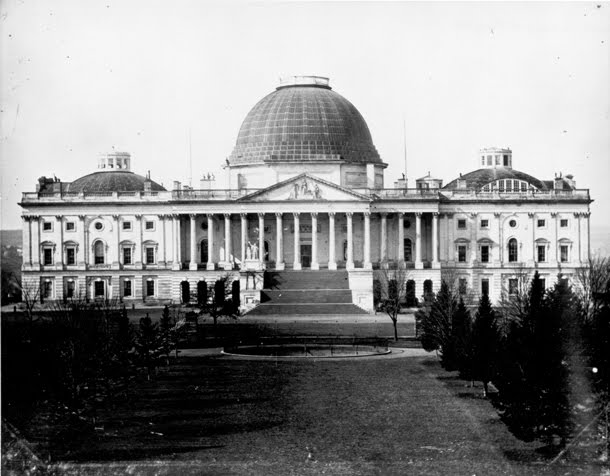









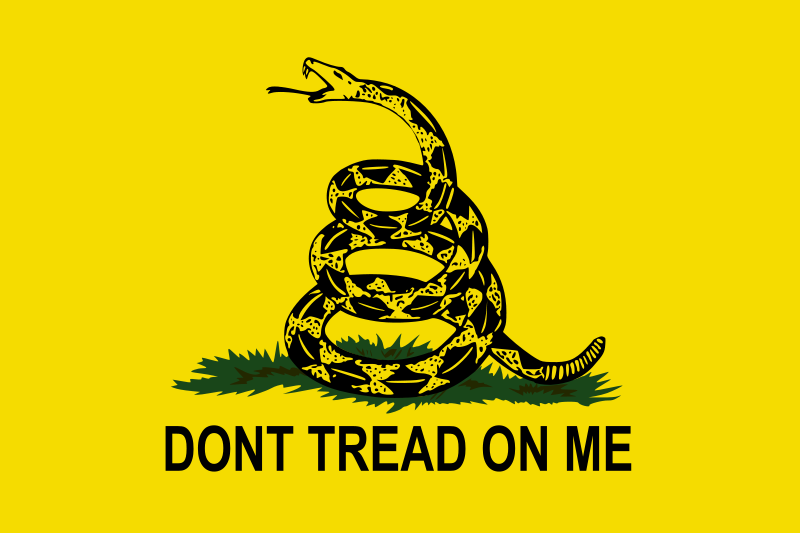
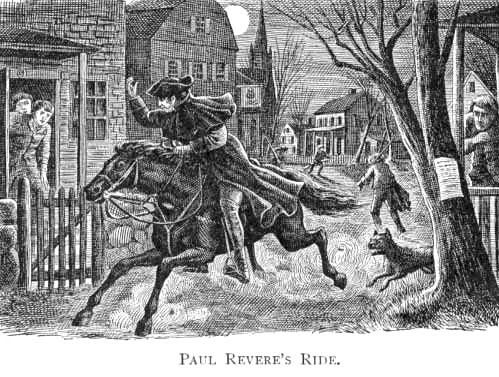

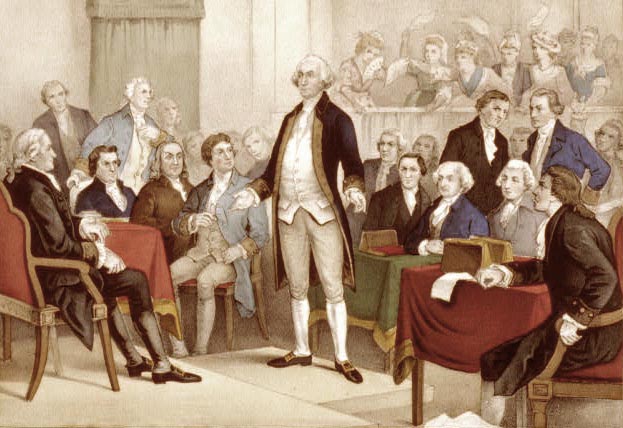

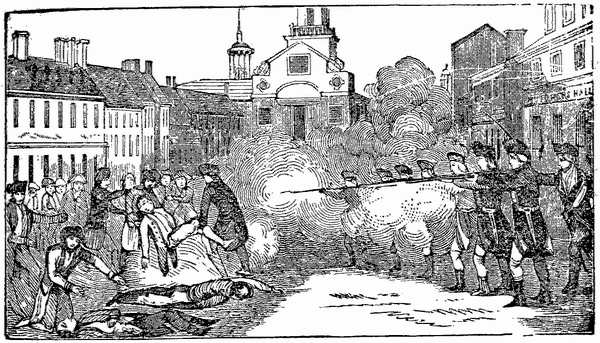
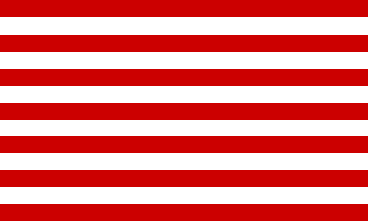
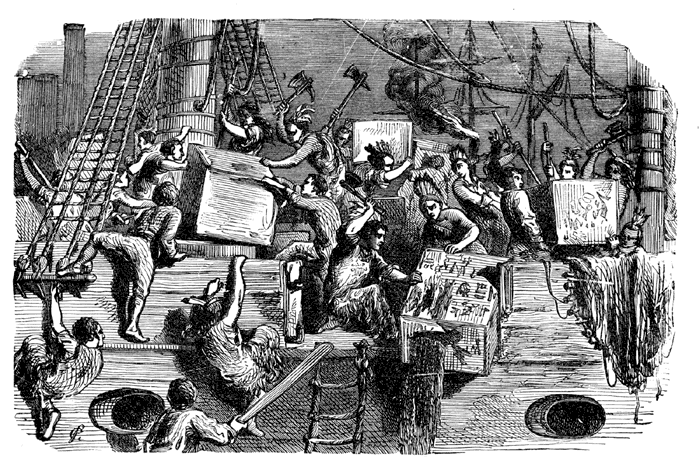




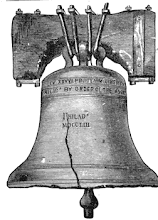




No comments:
Post a Comment